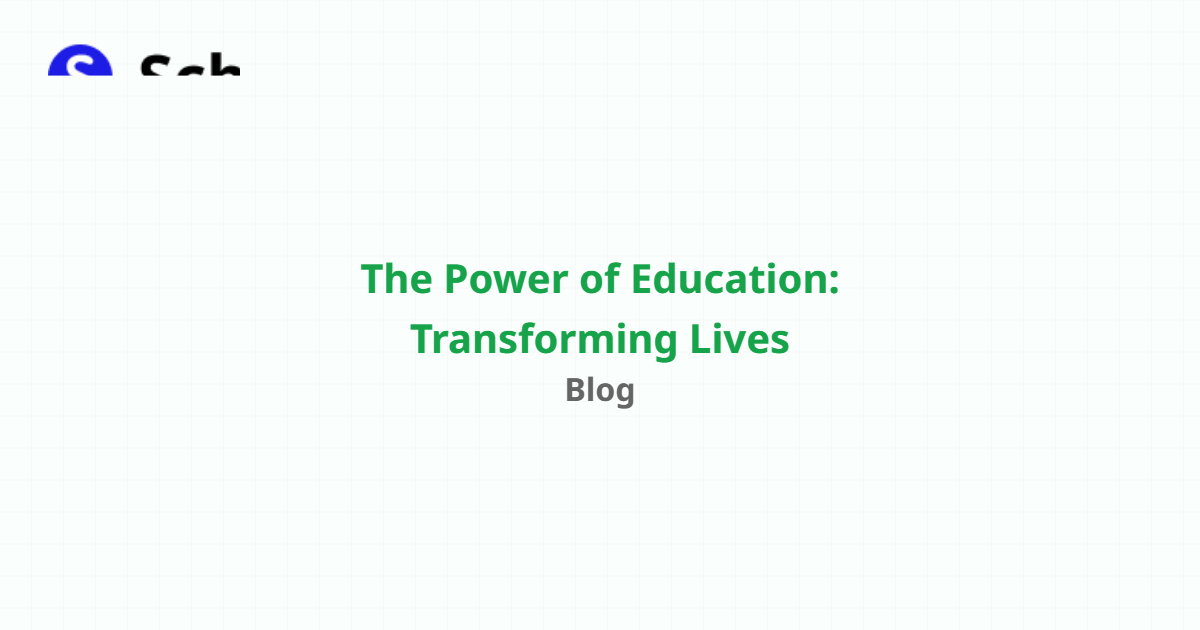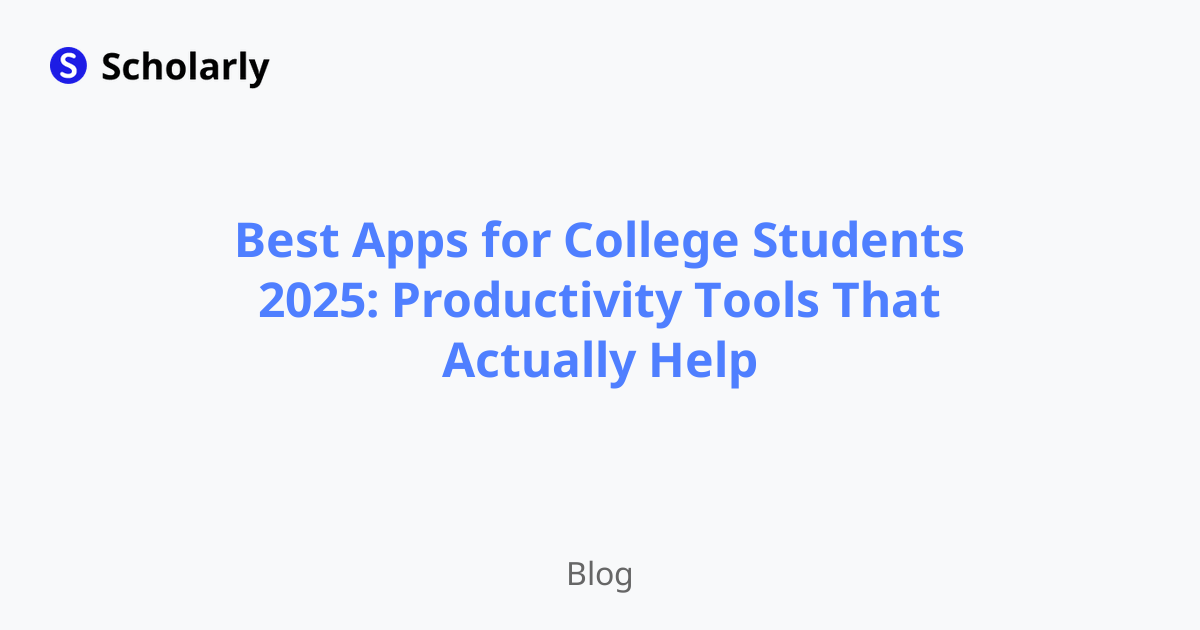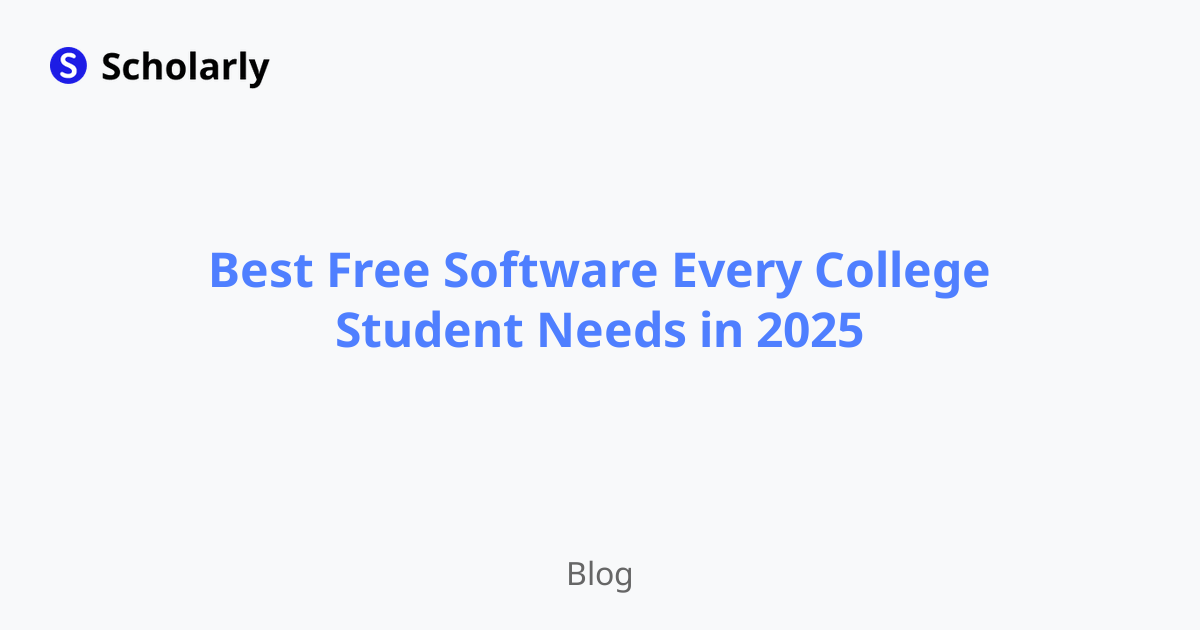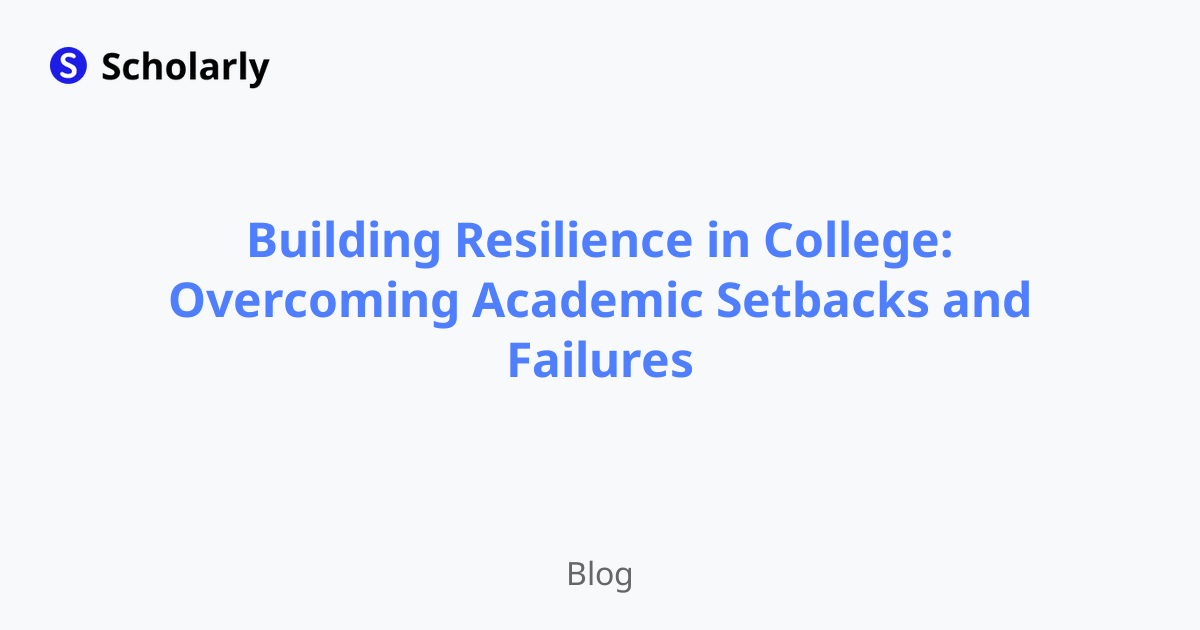The Power of Education: Transforming Lives
Exploring the transformative power of education, this article delves into its historical context, current state, and future potential, emphasizing its benefits, significance, best practices, and challenges while incorporating AI's role in education.

Introduction
Education has long been recognized as a powerful tool that transforms lives and shapes societies. From its early beginnings to the sophisticated systems we have today, the journey of education is rich and complex. This article explores the topic of The Power of Education: Transforming Lives, providing a comprehensive overview of its history, current and future states, benefits, significance, best practices, pros and cons, comparison of tools, methods, AI impact, common techniques, challenges, and potential online applications. By the end of this article, readers will have a deep understanding of how education has evolved and continues to play a critical role in personal and societal development.
History
Past State
Historically, education was often seen as a privilege reserved for the elite, with limited access for the majority. In ancient civilizations, such as Egypt and Greece, education was primarily conducted by priests and philosophers who taught the elite through oral traditions and a limited set of written texts. Tools for education were rudimentary, often involving clay tablets and scrolls, and the knowledge was primarily focused on religious and philosophical teachings. During the Middle Ages, the establishment of universities marked a significant shift, where education began to encompass a broader range of subjects including science, law, and the arts, but access remained restricted. Moreover, the Industrial Revolution brought about significant changes, leading to the establishment of public schooling systems aimed at equipping the workforce with necessary skills. However, these systems often reinforced social inequalities and focused on rote learning rather than critical thinking. Tools used in education during this period were primarily physical, such as textbooks and chalkboards, which limited the scope of learning experiences.
Current State
Today, education has undergone a tremendous transformation, becoming more accessible and inclusive. With the advent of technology, the landscape of education has shifted dramatically, allowing for diverse learning methodologies and resources. Online learning platforms such as Khan Academy, Coursera, and edX have democratized access to quality education, enabling individuals from all walks of life to engage with learning materials. Modern educational tools have expanded beyond traditional textbooks to include digital resources, interactive apps, and AI-powered platforms. For instance, platforms like Scholarly utilize AI to enhance learning experiences through features such as AI-generated flashcards, text completion, and TTS (Text to Speech). Current educational practices emphasize critical thinking, creativity, and collaboration, preparing students for a rapidly changing world. However, challenges remain, particularly in ensuring equitable access to technology and resources.
Future State
Looking ahead, the future of education is poised for even greater transformation, driven by advances in technology and an evolving understanding of learning methodologies. Virtual reality (VR) and augmented reality (AR) are set to revolutionize how educational content is delivered, creating immersive learning experiences that engage students on multiple levels. Furthermore, AI will play a crucial role in personalizing education, enabling adaptive learning systems that cater to individual needs and learning paces. Additionally, as education becomes more interconnected globally, there will be an increased emphasis on cross-cultural learning and collaboration. Future tools may include advanced AI applications that assist in language learning, real-time translation, and culturally responsive teaching strategies. The integration of AI in education will not only streamline administrative tasks but also enhance student engagement and understanding, paving the way for a more inclusive and effective educational landscape.
Benefits
Improved Knowledge Retention
One of the primary benefits of education is improved knowledge retention. When individuals engage with educational content, they are more likely to remember and apply that information in real-world scenarios. Educational practices such as spaced repetition and active learning techniques have proven effective in enhancing retention rates. As students interact with material more dynamically, such as through AI-generated flashcards on platforms like Scholarly, they can reinforce their understanding, leading to deeper learning.
Enhanced Critical Thinking Skills
Education fosters critical thinking skills, equipping individuals to analyze and evaluate information effectively. In today's information-saturated world, the ability to discern credible sources and assess arguments is invaluable. Through discussions, debates, and problem-solving activities, educational environments encourage learners to think critically and develop well-reasoned opinions. This skill is essential for navigating complex societal issues and making informed decisions.
Increased Employment Opportunities
A well-educated workforce is highly sought after in the job market. Education provides individuals with the qualifications and skills necessary for various professions, leading to increased employability. Specialized training and higher education degrees often correlate with higher earning potential and job security. Employers value candidates who can demonstrate a commitment to lifelong learning and adaptability, traits fostered through education.
Societal Impact
Education plays a pivotal role in fostering social cohesion and stability. An educated populace is more likely to engage in civic activities, contribute to economic growth, and advocate for social justice. By promoting equality and inclusivity, education can help bridge socioeconomic gaps and empower marginalized communities. Furthermore, educated individuals are often more informed about health and environmental issues, leading to healthier societies and more sustainable practices.
Personal Development
Beyond professional aspirations, education facilitates personal growth and self-discovery. Through learning, individuals can explore their interests, develop new skills, and gain confidence. Education encourages curiosity and a lifelong love of learning, essential for personal fulfillment. As individuals engage in diverse educational experiences, they cultivate empathy and understanding, becoming well-rounded members of society.
Significance
The significance of education extends far beyond the classroom; it is a cornerstone of individual and societal advancement. Historically, education has been a driving force for social change, enabling marginalized groups to rise against oppression and gain access to opportunities. The evolution of education reflects societal values, with movements advocating for universal access, quality education, and inclusivity. In today's world, education is more critical than ever as we face global challenges such as inequality, climate change, and political instability. It serves as a catalyst for empowerment, equipping individuals with the knowledge and skills needed to navigate complex issues. Furthermore, education enhances civic engagement, fostering informed citizens who actively participate in democratic processes. The significance of education is reflected in its ability to break the cycle of poverty, providing individuals with the tools to improve their circumstances. As more people gain access to quality education, the collective benefits ripple through communities, leading to economic growth and improved living standards. Education cultivates innovation and creativity, driving advancements in technology and science that shape our future. Ultimately, the significance of education lies in its transformative potential. It has the capacity to uplift individuals, strengthen communities, and build a more equitable world. As we move forward, prioritizing education and advocating for reforms that ensure accessibility and quality will be crucial for creating a brighter future for all.
Best Practices
Active Learning
Active learning involves engaging students in the learning process through discussions, problem-solving, and hands-on activities. This practice encourages deeper understanding and retention of knowledge. Best practices in active learning include incorporating group activities, discussions, and real-world applications into lesson plans. Utilizing tools like Scholarly can enhance active learning experiences by providing interactive flashcards and AI-generated resources that promote engagement. Educators should create an environment that fosters collaboration, allowing students to learn from each other and share diverse perspectives.
Differentiated Instruction
Differentiated instruction tailors teaching methods to meet the diverse needs of learners. Educators should assess students' learning styles, interests, and readiness levels to provide personalized learning experiences. By employing varied strategies, such as flexible grouping and adaptive technologies, teachers can ensure all students receive the support they need. Scholarly's AI capabilities can assist educators in identifying individual learning gaps and providing targeted resources, ensuring that every student can thrive in their educational journey. Differentiated instruction promotes inclusivity and empowers students to take ownership of their learning.
Incorporating Technology
Integrating technology into the classroom enhances learning experiences and prepares students for the digital world. Educators should leverage educational apps, online resources, and interactive tools to create dynamic learning environments. Tools like Scholarly provide AI-generated text and flashcard creation, streamlining the learning process and engaging students. Educators can utilize technology to facilitate collaboration and communication, allowing students to connect with peers and experts globally. Ensuring that technology is used effectively is crucial, as it can enhance learning outcomes and foster critical skills.
Encouraging Growth Mindset
Promoting a growth mindset encourages students to embrace challenges and view failures as opportunities for growth. Educators can cultivate this mindset by providing constructive feedback, emphasizing effort over talent, and celebrating progress. By fostering resilience and perseverance, students become more adaptable and motivated to learn. Creating a classroom culture that values mistakes as part of the learning process empowers students to take risks and explore new ideas. This approach nurtures creativity and innovation, essential qualities for navigating an ever-changing world.
Continuous Professional Development for Educators
Educators must engage in continuous professional development to stay informed about best practices and emerging trends in education. This commitment to lifelong learning enhances teaching effectiveness and improves student outcomes. Educators should seek opportunities for collaboration, attend workshops, and explore online courses to expand their skills and knowledge. Utilizing platforms like Scholarly can support educators in staying current with educational advancements and integrating innovative practices into their classrooms. Continuous professional development fosters a culture of growth and excellence, benefiting both educators and their students.
Pros and Cons
Pros of Education
- Access to Knowledge: Education opens doors to a wealth of knowledge and information, enabling individuals to explore various subjects and perspectives.
- Career Advancement: Education enhances employability and provides individuals with the skills necessary for professional growth.
- Personal Development: Education fosters personal growth, critical thinking, and self-discovery, empowering individuals to reach their full potential.
- Social Impact: An educated populace contributes to social cohesion, civic engagement, and informed decision-making.
- Economic Growth: Education drives economic development by equipping individuals with the skills needed for a competitive workforce.
Cons of Education
- Cost Barriers: Accessing quality education can be financially burdensome, leading to inequities in opportunities.
- Standardization Issues: A focus on standardized testing may hinder creativity and critical thinking, limiting students' learning experiences.
- Overemphasis on Credentials: The emphasis on degrees can overshadow practical skills and experiences, creating barriers for non-traditional learners.
- Inequities in Access: Disparities in educational resources and opportunities persist, particularly for marginalized communities.
- Mental Health Challenges: The pressure to succeed academically can lead to stress and mental health issues among students.
Comparison
Traditional Classroom Education
Traditional classroom education is characterized by face-to-face interactions, structured curricula, and a focus on standardized testing. While this approach provides valuable social interactions and immediate feedback from educators, it may not cater to diverse learning styles and paces. The limitations of physical resources can hinder students' access to information.
Online Education Platforms
Online education platforms, such as Coursera and edX, offer flexibility and accessibility to learners worldwide. These platforms provide a wide variety of courses, often taught by experts from prestigious institutions. However, online learning may lack the personal connection and immediate feedback found in traditional classrooms, posing challenges for some students.
AI-Powered Education Tools
AI-powered education tools, like Scholarly, revolutionize the learning experience through personalized resources and adaptive learning systems. These tools enhance engagement and cater to individual needs, making education more accessible. However, reliance on technology may pose challenges for those lacking digital literacy or access to devices.
Blended Learning
Blended learning combines online and traditional face-to-face education, providing a balanced approach to learning. This model offers flexibility while allowing for personal interaction with educators. However, implementing blended learning requires careful planning and resources to ensure effective integration.
Methods
Project-Based Learning
Project-based learning (PBL) immerses students in real-world projects, fostering collaboration and critical thinking. By working on meaningful tasks, students develop problem-solving skills and engage deeply with the subject matter.
Flipped Classroom
The flipped classroom model reverses traditional teaching methods by introducing content at home and engaging in interactive activities during class. This approach fosters active learning and allows students to take ownership of their education.
Collaborative Learning
Collaborative learning encourages students to work together, sharing knowledge and perspectives. This method fosters communication skills and enhances understanding through peer interaction.
Inquiry-Based Learning
Inquiry-based learning focuses on student-led exploration, encouraging curiosity and critical thinking. Students engage in research, questioning, and problem-solving, leading to deeper understanding.
Experiential Learning
Experiential learning emphasizes hands-on experiences, allowing students to learn through action. This method promotes engagement and retention, connecting theoretical knowledge to practical application.
AI Impact
AI Applications
AI applications in education enhance personalized learning experiences, providing tailored resources based on individual needs. Tools like Scholarly utilize AI to generate flashcards and assist with content comprehension, promoting student engagement.
AI Techniques
AI techniques such as natural language processing and machine learning enable adaptive learning systems that assess student performance and provide targeted support. These techniques enhance the learning experience, fostering individualized education.
AI Benefits
The benefits of AI in education include improved efficiency, personalized learning, and enhanced accessibility. By automating administrative tasks and providing real-time feedback, AI empowers educators to focus on teaching and student support.
AI Challenges
Despite its potential, AI in education faces challenges such as data privacy concerns, potential biases in algorithms, and the digital divide. Addressing these challenges is crucial to ensuring equitable access to AI-powered education.
AI Online Apps
AI-powered online apps, like Scholarly, provide innovative tools for learners, including AI-generated flashcards, text completion, and TTS capabilities. These applications enhance the learning experience, making education more accessible and engaging.
Common Techniques
Active Learning Techniques
Active learning techniques involve engaging students through discussions, problem-solving, and hands-on activities. This approach promotes deeper understanding and retention of knowledge.
Differentiated Instruction Techniques
Differentiated instruction techniques tailor teaching methods to meet diverse learning needs. Educators assess students' learning styles and provide personalized resources to ensure effective learning.
Collaborative Learning Techniques
Collaborative learning techniques encourage students to work together, enhancing communication skills and fostering a deeper understanding of the material. Group projects and peer discussions are common examples.
Technology Integration Techniques
Integrating technology into the classroom enhances learning experiences by providing interactive tools and resources. Educators should leverage educational apps and online resources to create dynamic learning environments.
Growth Mindset Techniques
Promoting a growth mindset encourages students to embrace challenges and view failures as opportunities for growth. Educators should provide constructive feedback and celebrate progress to foster resilience.
Challenges
Cost of Education
The cost of education remains a significant barrier for many individuals, leading to inequities in access to quality learning opportunities. Tuition fees, textbooks, and other expenses can deter potential learners from pursuing their educational goals.
Inequality in Access
Disparities in educational resources and opportunities persist, particularly for marginalized communities. Addressing these inequities is crucial to ensuring that all individuals have access to quality education.
Standardization Issues
An overemphasis on standardized testing may hinder creativity and limit learning experiences. This focus can create stress among students and fail to capture their true potential.
Technological Barriers
Not all students have equal access to technology, leading to a digital divide that affects learning opportunities. Ensuring equitable access to devices and internet connectivity is essential for all learners.
Mental Health Challenges
The pressure to succeed academically can lead to stress and mental health issues among students. Addressing these challenges requires a holistic approach that prioritizes student well-being.
Potential Online Apps that Relate to the Topic
Scholarly
Scholarly is an innovative online platform that leverages AI to enhance learning experiences. With features such as AI-generated flashcards, text completion, and TTS capabilities, Scholarly empowers students to engage with educational content effectively. Users can create pages, import Quizlet study sets, and utilize dynamic inputs to generate personalized resources, making learning more accessible and engaging.
Quizlet
Quizlet is a popular online tool for creating flashcards and study sets. Users can access a vast library of user-generated content, making it a valuable resource for learners seeking to reinforce their understanding of various subjects. Quizlet's interactive features, including games and quizzes, promote active engagement with the material.
Khan Academy
Khan Academy offers free online courses and resources across various subjects. With a focus on personalized learning, Khan Academy provides instructional videos, practice exercises, and assessments to help learners master concepts at their own pace.
Coursera
Coursera partners with universities and organizations to offer online courses and degree programs. With a diverse array of subjects and expert instructors, Coursera provides learners with access to high-quality education from renowned institutions, allowing for flexible learning opportunities.
edX
edX is an online learning platform that offers courses from top universities and organizations worldwide. With a focus on accessible education, edX provides learners with the opportunity to engage with high-quality content and earn certificates or degrees in various disciplines.
More Subheadings
The Role of Parents in Education
Parents play a crucial role in their children's education, influencing their attitudes towards learning and academic success. Engaging parents in the educational process fosters a supportive environment that encourages exploration and curiosity. Strategies for involving parents include regular communication with teachers, providing resources for at-home learning, and creating opportunities for parents to participate in school activities.
The Impact of Culture on Education
Culture significantly influences educational practices, shaping curricula, teaching methods, and student engagement. Understanding the cultural context is essential for educators to create inclusive environments that respect and celebrate diversity. Culturally responsive teaching acknowledges students' backgrounds and experiences, fostering a sense of belonging and promoting academic success.
Lifelong Learning
Lifelong learning emphasizes the importance of continuous education beyond formal schooling. In a rapidly changing world, individuals must adapt and acquire new skills throughout their lives. Embracing lifelong learning fosters personal development, enhances employability, and promotes a culture of curiosity and exploration.
Educational Reforms
Educational reforms are essential for addressing inequities and improving access to quality education. Advocating for policy changes, innovative teaching methods, and equitable resource distribution can create an education system that meets the needs of all learners. Engaging stakeholders, including educators, parents, and community members, is vital for driving meaningful reforms that enhance educational outcomes.
Conclusion
In conclusion, the journey of education reflects its transformative power, shaping individuals and societies throughout history. The past state of education was characterized by exclusivity, while the current state reflects a commitment to accessibility and inclusivity. The future of education holds promise, with technology and AI playing pivotal roles in personalizing learning experiences. The benefits of education, including improved knowledge retention, critical thinking skills, and increased employment opportunities, highlight its significance in fostering personal and societal growth. Best practices, such as active learning and differentiated instruction, empower educators to create engaging learning environments. While the pros of education outweigh the cons, challenges such as cost barriers and inequality in access persist. A comparison of traditional, online, and AI-powered education tools illustrates the diverse options available for learners today. Moreover, AI's impact on education, from applications to techniques, presents new possibilities for enhancing learning experiences. Common techniques and methods, including project-based learning and collaborative learning, provide valuable frameworks for effective teaching and learning. Finally, potential online apps like Scholarly, Quizlet, Khan Academy, Coursera, and edX offer innovative resources to support learners on their educational journeys. By prioritizing education and advocating for equitable access to quality resources, we can harness the power of education to transform lives and build a brighter future for all.
Try Our Popular AI Study Tools
Transform your study materials into interactive learning experiences with our most popular AI-powered tools:
PDF to Flashcards
Convert lecture notes and textbooks into study flashcards instantly
Text to Flashcards
Turn any text or notes into comprehensive flashcard sets
Image to Flashcards
Convert diagrams and handwritten notes into digital flashcards
YouTube to Flashcards
Generate flashcards from educational video content



